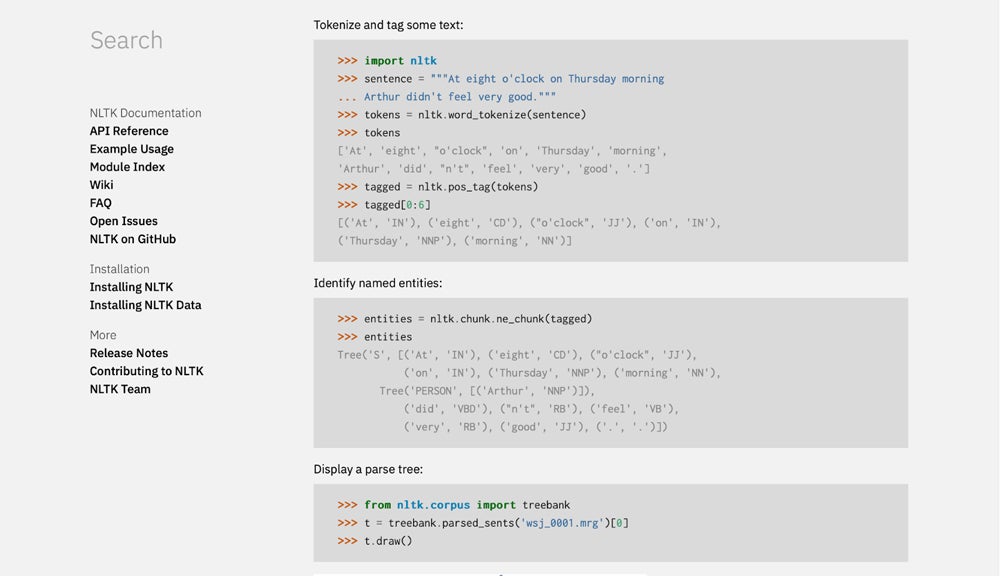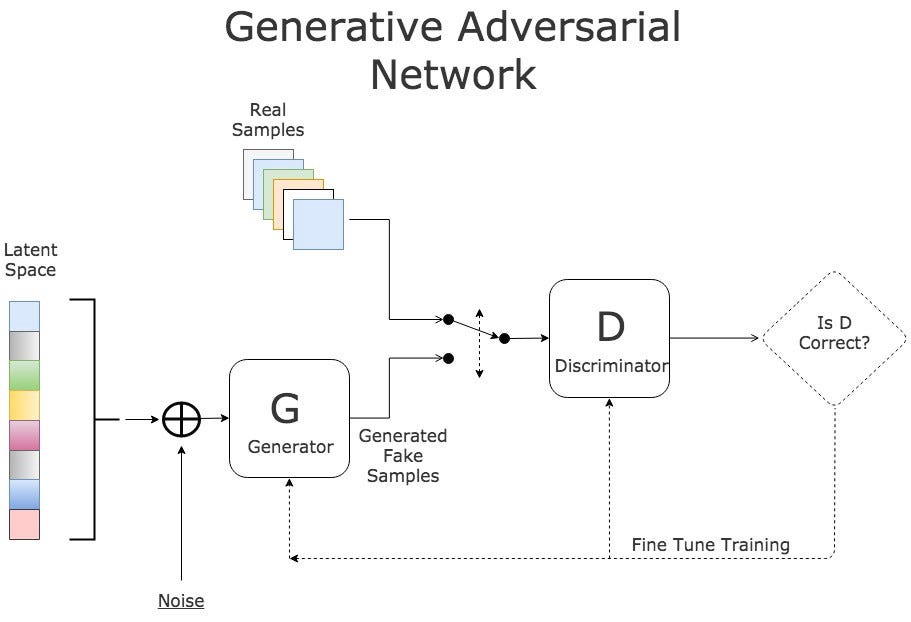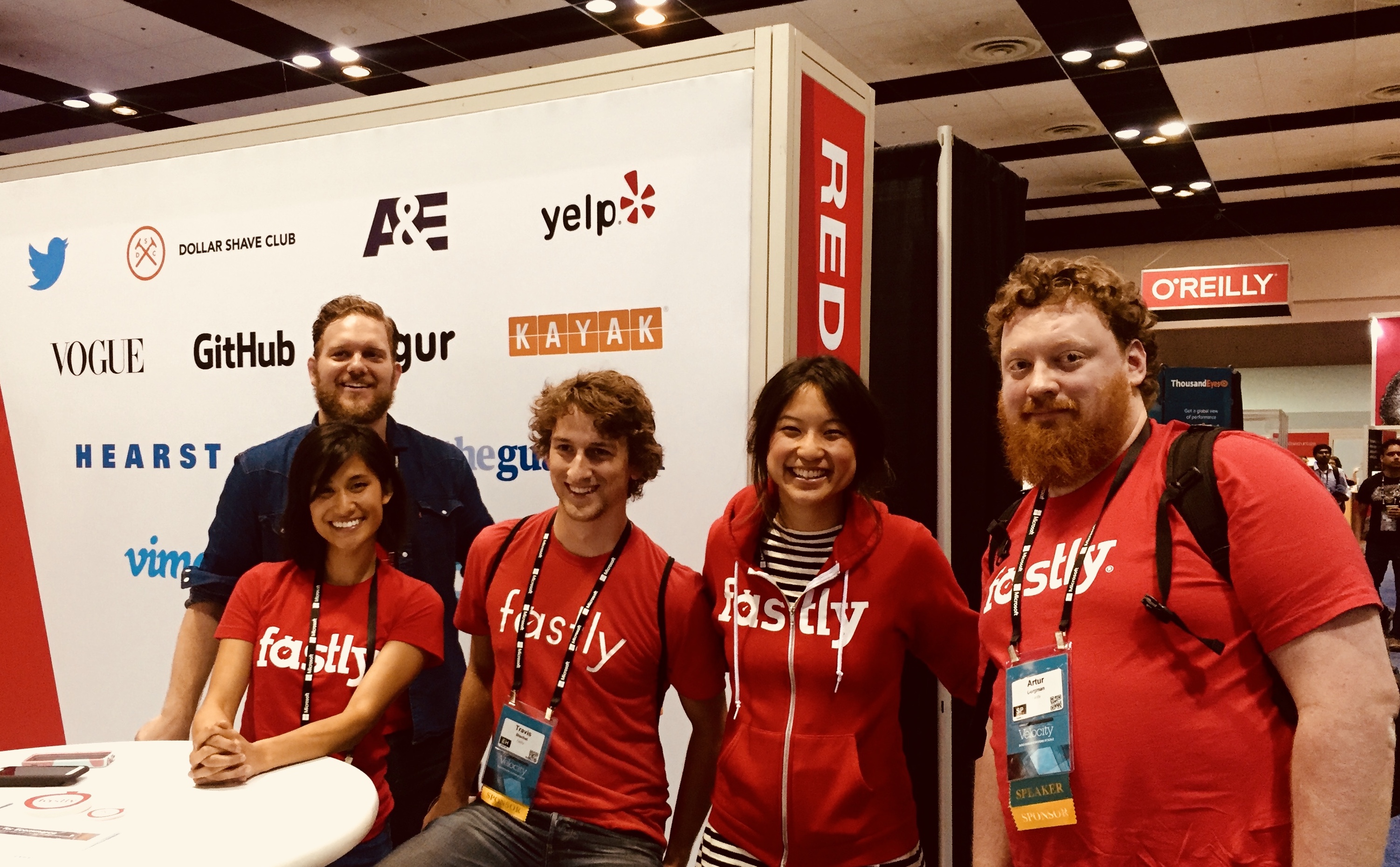
Published: Dec 3, 2024
Supercharge Your Content Strategy: AI's Game-Changing Optimization Tricks
Supercharge Your Content Strategy: AI’s Game-Changing Optimization Tricks
I’ve gotta tell you, AI has me feeling like a kid in a content candy store! As someone who’s been in the trenches of content creation for years, I can’t help but get excited about how AI is revolutionizing our strategies. It’s like having a secret weapon that turns good content into pure gold. So, buckle up, content creators – we’re about to dive deep into the world of AI-powered optimization!
TLDR: How exactly can AI improve my content strategy? Let's break it down into bite-sized pieces!
1️⃣ How does AI analyze content performance?
AI uses machine learning algorithms to analyze vast amounts of data, including user engagement metrics, click-through rates, and time spent on page. It can identify patterns and trends that humans might miss, providing insights into what content resonates best with your audience.
2️⃣ Can AI help with content creation?
Absolutely! AI-powered tools can assist with everything from generating topic ideas to writing drafts and even optimizing headlines. While it won’t replace human creativity, it can significantly speed up the content creation process and provide data-driven suggestions for improvement.
3️⃣ How does AI personalize content for different audiences?
AI can segment your audience based on behavior, preferences, and demographics. It then tailors content recommendations, email campaigns, and even on-site experiences to match each segment’s interests, increasing engagement and conversion rates.
Table of Contents
- Understanding AI in Content Optimization
- Key AI Tools for Content Strategy
- Implementing AI in Your Content Workflow
- AI-Driven Content Personalization
- Ethical Considerations in AI Content Optimization
- Data Privacy and User Consent Data Privacy and User Consent Data Privacy and User Consent
- Transparency in AI-Generated Content Transparency in AI-Generated Content Transparency in AI-Generated Content
- Avoiding Bias in AI Algorithms Avoiding Bias in AI Algorithms Avoiding Bias in AI Algorithms
- Protecting Intellectual Property Protecting Intellectual Property Protecting Intellectual Property
- Maintaining the Human Touch Maintaining the Human Touch Maintaining the Human Touch
- Future Trends in AI-Powered Content Strategies
- Advanced Natural Language Processing Advanced Natural Language Processing Advanced Natural Language Processing
- Voice-Optimized Content Voice-Optimized Content Voice-Optimized Content
- AI-Driven Visual Content Creation AI-Driven Visual Content Creation AI-Driven Visual Content Creation
- Hyper-Personalization Hyper-Personalization Hyper-Personalization
Understanding AI in Content Optimization
AI is shaking things up in the content world, and I’m here for it! Let’s break down how this tech is changing the game for content creators like us.
Natural Language Processing (NLP)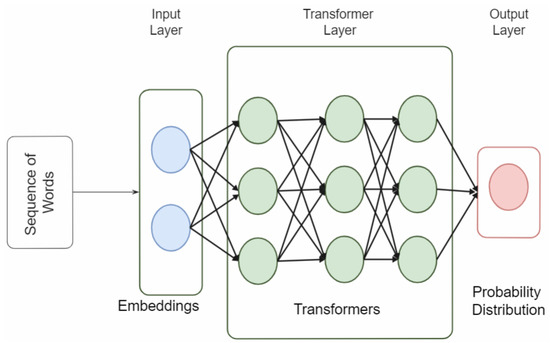
NLP is the secret sauce that helps AI understand and generate human-like text. It’s like teaching a computer to read between the lines. Here’s how it’s revolutionizing content optimization:
- Sentiment Analysis: AI can now figure out if your content is hitting the right emotional notes with your audience. It’s like having a built-in mood ring for your writing!
- Topic Modeling: This helps identify the main themes in your content, making sure you’re staying on track and covering all the bases.
- Content Summarization: AI can boil down long-form content into bite-sized chunks, perfect for those TL;DR moments we all have.
Machine Learning Algorithms
These algorithms are the brains behind AI’s ability to learn and improve over time. They’re constantly crunching numbers to help us create better content:
- Predictive Analytics: By analyzing past performance, AI can forecast which types of content are likely to perform well in the future. It’s like having a crystal ball for your content strategy!
- Personalization: AI can tailor content to individual users based on their behavior and preferences. It’s like having a personal shopper, but for content.
- A/B Testing: AI can run and analyze multiple versions of your content to see which one performs best. It’s like having a focus group on steroids!
Content Generation
While AI isn’t replacing human writers anytime soon, it’s becoming a powerful ally in the content creation process:
- Automated Reporting: AI can generate data-driven reports and articles, freeing up time for more creative tasks.
- Headline Optimization: Tools like Headline Studio use AI to craft attention-grabbing headlines that are more likely to get clicks.
- Content Ideation: AI can analyze trending topics and suggest fresh content ideas, helping beat that dreaded writer’s block.
Real-World Impact
The proof is in the pudding, right? Check out these real-world examples of AI making waves in content optimization:
The Washington Post used its AI system, Heliograf, to generate over 850 articles in its first year, including coverage of the 2016 Rio Olympics and U.S. elections.
Alibaba’s AI copywriter can generate 20,000 lines of copy in a second. It’s been used by merchants on Alibaba’s Tmall and Taobao platforms, producing millions of ad and product descriptions daily.
Chase Bank partnered with Persado, an AI-powered language platform, and saw a 450% lift in click-through rates on their ads. Talk about a game-changer!
Challenges and Considerations
It’s not all smooth sailing, though. We’ve got to keep a few things in mind:
- Quality Control: While AI can generate content quickly, it still needs human oversight to ensure accuracy and brand voice consistency.
- Ethical Concerns: We need to be transparent about AI-generated content and avoid using it to spread misinformation.
- Overreliance: AI is a tool, not a replacement for human creativity and strategic thinking. It’s about finding the right balance.
AI in content optimization is like having a superpower. It’s helping us create more engaging, personalized, and effective content than ever before. But remember, with great power comes great responsibility. Use it wisely, and you’ll be able to take your content strategy to the next level!
Key AI Tools for Content Strategy
Let’s dive into some game-changing AI tools that can supercharge your content strategy. These aren’t just fancy gadgets – they’re your new secret weapons for creating content that hits the mark every time.
Content Analysis Tools Content Analysis Tools Content Analysis Tools
These tools are like having a team of data scientists working around the clock to make your content shine:
IBM Watson
 This powerhouse can analyze your content’s tone, personality, and emotional impact. It’s like having a mind reader for your audience!
This powerhouse can analyze your content’s tone, personality, and emotional impact. It’s like having a mind reader for your audience!MarketMuse Uses AI to compare your content against top-performing pieces in your niche. It’s like having a spy in your competitors’ content rooms.
Crayon
 Tracks changes on your competitors’ websites and social media. It’s like having a crystal ball that shows you what your rivals are up to.
Tracks changes on your competitors’ websites and social media. It’s like having a crystal ball that shows you what your rivals are up to.
AI-Powered Writing Assistants AI-Powered Writing Assistants AI-Powered Writing Assistants
These tools are your new best friends for cranking out top-notch content:
Jasper
 Can generate entire blog posts, social media captions, and even email sequences. It’s like having a clone of yourself that never sleeps!
Can generate entire blog posts, social media captions, and even email sequences. It’s like having a clone of yourself that never sleeps!Grammarly Goes beyond just fixing typos – it suggests style improvements and checks for plagiarism. It’s like having an English professor on speed dial.
Writesonic Specializes in creating ad copy, product descriptions, and landing pages. It’s like having Don Draper from Mad Men in your back pocket.
SEO Optimization Tools SEO Optimization Tools SEO Optimization Tools
These tools help your content climb those search engine rankings:
Clearscope
 Analyzes top-ranking content for your target keywords and suggests improvements. It’s like having Google whisper its secrets in your ear.
Analyzes top-ranking content for your target keywords and suggests improvements. It’s like having Google whisper its secrets in your ear.Surfer SEO Provides real-time content optimization suggestions as you write. It’s like having an SEO expert looking over your shoulder (but in a good way).
Frase Helps you create content briefs and outlines based on top-ranking articles. It’s like having a research assistant who never takes coffee breaks.
Personalization Engines Personalization Engines Personalization Engines
These tools help you serve up the right content to the right person at the right time:
Dynamic Yield Personalizes content based on user behavior, location, and even weather. It’s like having a psychic who knows exactly what your audience wants to see.
Optimizely
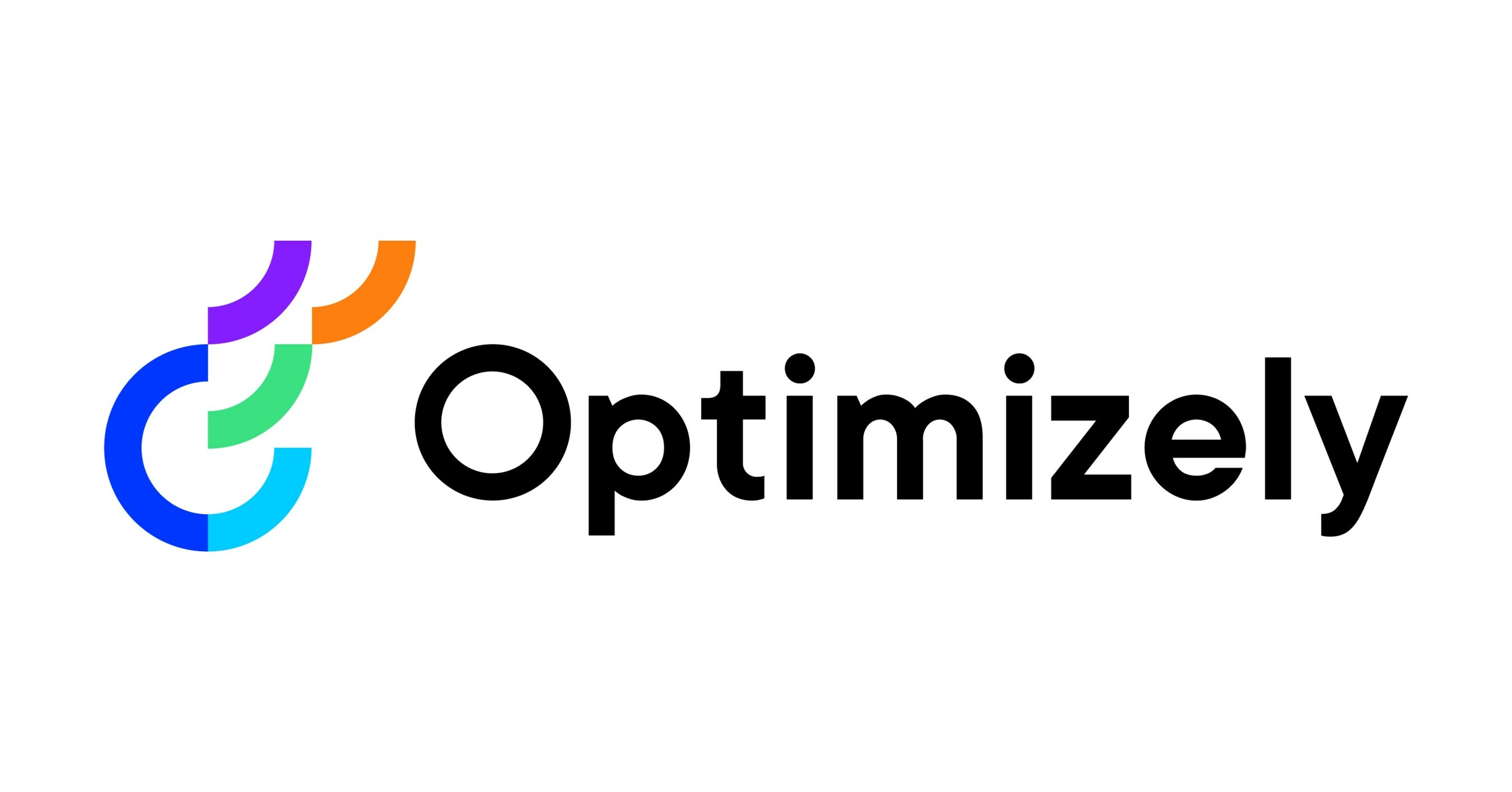 Lets you run A/B tests on your content to see what resonates best with your audience. It’s like having a focus group that never goes home.
Lets you run A/B tests on your content to see what resonates best with your audience. It’s like having a focus group that never goes home.Bloomreach
 Uses AI to personalize product recommendations and search results. It’s like having a personal shopper for each of your customers.
Uses AI to personalize product recommendations and search results. It’s like having a personal shopper for each of your customers.
Remember, these tools are fantastic, but they’re not magic wands. You’ve got to use them wisely and always keep your audience in mind. It’s about finding that sweet spot between AI efficiency and human creativity.
For example, the content team at Codecademy used MarketMuse to increase their organic search traffic by 75% in just 6 months. They didn’t just rely on the tool – they used its insights to inform their content strategy and then put their own creative spin on it.
Or take The New York Times. They use AI to personalize their homepage for different readers. But they’re not just letting algorithms run wild – they have a team of editors who oversee the process to ensure it aligns with their journalistic standards.
The key is to think of these AI tools as your sidekicks, not your replacements. They can help you work smarter and faster, but at the end of the day, it’s your unique voice and vision that will make your content stand out.
So go ahead, give these tools a spin. Experiment, learn, and find the ones that work best for your content strategy. Who knows? You might just unlock a whole new level of content awesomeness!
Implementing AI in Your Content Workflow
Integrating AI into your content workflow can feel like upgrading from a bicycle to a rocket ship. It’s exciting, but it can also be a bit overwhelming. Let’s break down the process into manageable steps to help you seamlessly incorporate AI tools into your content strategy.
Auditing Your Current Strategy
Before diving headfirst into AI implementation, take a good look at your existing content workflow. This audit will help you identify areas where AI can make the biggest impact:
Content Creation Process: How long does it take you to research, write, and edit a piece of content? Are there bottlenecks slowing you down?
Content Performance: Which types of content are performing well? Where are you struggling to meet your KPIs?
Resource Allocation: How much time and money are you currently spending on various aspects of content creation and optimization?
By understanding your current process, you’ll be better equipped to choose the right AI tools for your needs.
Selecting the Right AI Tools
With so many AI tools available, it’s crucial to choose ones that align with your specific goals and challenges. Here are some factors to consider:
- Ease of Use: Look for tools with intuitive interfaces that won’t require extensive training.
- Integration Capabilities: Ensure the tools can work seamlessly with your existing tech stack.
- Scalability: Choose tools that can grow with your business.
- Cost vs. ROI: Consider both the upfront costs and the potential return on investment.
Some popular AI tools to consider for different aspects of your workflow:
- Clearscope for SEO optimization
- Copy.ai for content ideation and drafting
- BuzzSumo for content research and trend analysis
Training Your Team
Introducing new tools can be met with resistance, so it’s essential to get your team on board:
- Explain the Benefits: Show how AI can make their jobs easier and more efficient.
- Provide Hands-On Training: Offer workshops or one-on-one sessions to familiarize team members with the new tools.
- Start Small: Begin with pilot projects to demonstrate the value of AI in real-world scenarios.
- Encourage Feedback: Create an open dialogue about the AI implementation process.
Remember, the goal is to augment human creativity, not replace it. Emphasize that AI tools are there to handle repetitive tasks, freeing up time for more strategic and creative work.
Measuring and Iterating
Once you’ve implemented AI tools into your workflow, it’s crucial to track their impact:
Set Clear KPIs: Determine what success looks like for your AI implementation. This could include metrics like:
- Time saved on content creation
- Improvement in SEO rankings
- Increase in engagement rates
Regular Check-ins: Schedule monthly or quarterly reviews to assess the effectiveness of your AI tools.
Stay Flexible: Be prepared to adjust your strategy based on the results you’re seeing. AI technology is evolving rapidly, so what works today might need tweaking tomorrow.
For example, the content team at HubSpot saw a 50% increase in organic traffic after implementing AI-powered content optimization tools. They didn’t stop there, though. They continually refine their approach based on performance data and industry trends.
Remember, implementing AI in your content workflow is a journey, not a destination. It requires ongoing attention and adjustment to maximize its benefits. But with the right approach, AI can transform your content strategy from good to great, helping you create more engaging, relevant, and effective content than ever before.
AI-Driven Content Personalization
AI-driven content personalization is changing the game for marketers and content creators. It’s like having a crystal ball that tells you exactly what your audience wants to see. Let’s dive into how this tech is revolutionizing the way we connect with our readers.
Dynamic Content Generation
Dynamic content generation is all about creating content that adapts in real-time based on user behavior and preferences. It’s like having a chameleon for a website!
Personalized Product Recommendations

- Ever notice how Amazon seems to read your mind? That’s AI at work. They use collaborative filtering algorithms to suggest products based on your browsing and purchase history.
- For example, Netflix uses AI to personalize not just what shows you see, but even the artwork for those shows. A rom-com fan might see a romantic image for a series, while an action lover sees a more thrilling scene.
-
- AI can tweak email content based on when a user is most likely to open it, what kind of subject lines they respond to, and even what products they’ve been eyeing.
- The fashion retailer ASOS uses AI to personalize email content for millions of customers, resulting in a 50% increase in email engagement.
-
- This is content that changes based on user behavior, location, or device. It’s like having a website that shape-shifts for each visitor.
- HubSpot uses smart content to show different CTAs to leads, customers, and website visitors, increasing conversion rates by up to 20%.
Predictive Analytics for Content
Predictive analytics is like having a time machine for your content strategy. It helps you figure out what content will resonate with your audience before you even create it.
Content Performance Forecasting

- AI algorithms can analyze past content performance and predict how new pieces might fare.
- The news site BuzzFeed uses a tool called “Pound” to predict which stories will go viral, helping them decide what to promote.
-
- AI can slice and dice your audience into hyper-specific segments based on behavior, preferences, and demographics.
- Spotify uses AI to create personalized playlists like “Discover Weekly,” which has become a hit feature for music discovery.
-
- AI can analyze search trends, social media chatter, and news cycles to predict upcoming hot topics.
- Google Trends uses AI to forecast search interest for topics, helping content creators stay ahead of the curve.
Real-Time Content Optimization
This is where AI really flexes its muscles, tweaking your content on the fly for maximum impact.
-
- AI can run hundreds of A/B tests simultaneously, fine-tuning everything from headlines to CTAs.
- Optimizely uses AI to help companies like IBM run complex multivariate tests, resulting in conversion rate increases of up to 30%.
-
- AI can understand the context and meaning behind user queries, helping deliver more relevant content.
- Google’s BERT algorithm uses semantic analysis to better understand search intent, improving results for about 1 in 10 searches.
Chatbots and Virtual Assistants
- These AI-powered tools can engage with users in real-time, providing personalized content recommendations.
- Sephora’s Virtual Artist uses AI to let customers try on makeup virtually, increasing engagement and reducing returns.
Remember, while AI-driven personalization is powerful, it’s not a magic bullet. It’s crucial to balance personalization with privacy concerns and to always keep the human touch in your content. After all, we’re creating content for humans, not robots!
By leveraging these AI-driven personalization techniques, you can create content that feels tailor-made for each reader. It’s like having a personal content butler for every member of your audience. Pretty cool, right?
Ethical Considerations in AI Content Optimization
AI content optimization is super powerful, but it comes with some tricky ethical questions we need to address. Let’s dive into the key issues and how to navigate them responsibly.
Data Privacy and User Consent Data Privacy and User Consent Data Privacy and User Consent
AI needs data to work its magic, but we’ve got to be careful about how we collect and use that info:
- Transparency is key: Be upfront about what data you’re collecting and why. Nobody likes feeling like they’re being spied on.
- Give users control: Let people opt out of data collection if they want. It’s their data, after all.
- Follow the rules: Make sure you’re complying with regulations like GDPR and CCPA. Breaking these can lead to hefty fines and a damaged reputation.
Salesforce does a great job with this. They have a clear, user-friendly privacy policy and let customers choose what data they share. It’s a win-win – users feel respected, and Salesforce still gets valuable data to improve their services.
Transparency in AI-Generated Content Transparency in AI-Generated Content Transparency in AI-Generated Content
When AI is involved in creating content, we need to be honest about it:
- Disclose AI involvement: If a chatbot is answering customer questions, make that clear. People deserve to know if they’re talking to a human or a machine.
- Maintain authenticity: Don’t try to pass off AI-generated content as human-created. It’s not cool, and it can backfire big time.
- Keep humans in the loop: AI should assist, not replace, human creativity. Make sure there’s always human oversight on AI-generated content.
The Associated Press uses AI to generate some financial reports, but they’re always upfront about it. Each AI-written article includes a disclaimer, so readers know exactly what they’re getting.
Avoiding Bias in AI Algorithms Avoiding Bias in AI Algorithms Avoiding Bias in AI Algorithms
AI can accidentally perpetuate biases if we’re not careful:
- Diverse training data: Make sure your AI is trained on a wide range of content to avoid skewed results.
- Regular audits: Consistently check your AI’s output for signs of bias. It’s an ongoing process, not a one-time fix.
- Diverse teams: Having a mix of perspectives on your team can help spot potential biases that one person might miss.
IBM has been leading the charge here with their AI Fairness 360 toolkit. It’s an open-source project that helps developers and data scientists detect and mitigate bias in machine learning models.
Protecting Intellectual Property Protecting Intellectual Property Protecting Intellectual Property
AI content optimization raises some thorny questions about ownership and copyright:
- Respect copyright laws: Make sure your AI isn’t scraping copyrighted content without permission.
- Clear guidelines: Establish who owns AI-generated content in your organization. Is it the company, the individual who prompted the AI, or a mix?
- Credit where it’s due: If AI significantly contributes to a piece of content, consider acknowledging that in some way.
The music industry is grappling with this right now. Spotify recently removed thousands of AI-generated songs that mimicked specific artists, highlighting the need for clear guidelines in this area.
Maintaining the Human Touch Maintaining the Human Touch Maintaining the Human Touch
While AI is amazing, we can’t forget the value of human creativity and empathy:
- Balance is key: Use AI to enhance, not replace, human creativity. Some of the best content comes from a human-AI collaboration.
- Emotional intelligence: Remember that AI can’t fully replicate human emotional understanding. Keep that human touch in sensitive or emotionally charged content.
- Contextual understanding: AI might miss nuances or cultural contexts that humans naturally get. Always have a human review AI-generated content for these subtleties.
Pixar is a great example of balancing tech and humanity. They use cutting-edge AI in their animation process, but the heart of their stories always comes from human creativity and emotion.
Remember, ethical AI use isn’t just about following rules – it’s about building trust with your audience. By being transparent, fair, and human-centric in your AI content optimization, you’re not just doing the right thing – you’re also creating a stronger, more authentic connection with your readers.
It’s a balancing act, for sure. But get it right, and you’ll have the best of both worlds: the power of AI and the trust of your audience. Now that’s a winning combination!
Future Trends in AI-Powered Content Strategies
The world of AI-powered content is evolving at breakneck speed. Let’s peek into the crystal ball and explore some exciting trends that are shaping the future of content strategies.
Advanced Natural Language Processing Advanced Natural Language Processing Advanced Natural Language Processing
Natural Language Processing (NLP) is getting smarter by the day, and it’s opening up new possibilities for content creation and optimization:
Multilingual Content Generation

- AI is getting better at translating and localizing content across languages. This is huge for brands looking to go global.
- For example, DeepL is using advanced NLP to provide translations that often rival human translators in quality.
-
- We’re moving beyond just positive/negative sentiment. AI will be able to detect nuanced emotions like sarcasm, humor, and empathy.
- IBM Watson is leading the charge here, with its Tone Analyzer that can pick up on subtle emotional and language tones in text.
-
- Future AI will understand context better than ever, creating content that’s perfectly tailored to the user’s situation.
- Imagine a travel app that doesn’t just recommend restaurants, but suggests ones that fit your current mood, dietary preferences, and even the weather outside!
Voice-Optimized Content Voice-Optimized Content Voice-Optimized Content
With the rise of smart speakers and voice search, optimizing content for voice is becoming crucial:
-
- AI will get better at understanding and responding to natural, conversational queries.
- Google’s BERT algorithm is already making strides in this area, understanding context in search queries better than ever before.
-
- AI will be able to convert text content into natural-sounding audio, making all your content accessible via voice.
- Amazon Polly is already doing this, turning text into lifelike speech that sounds more human than ever.
Voice-First Content Strategies
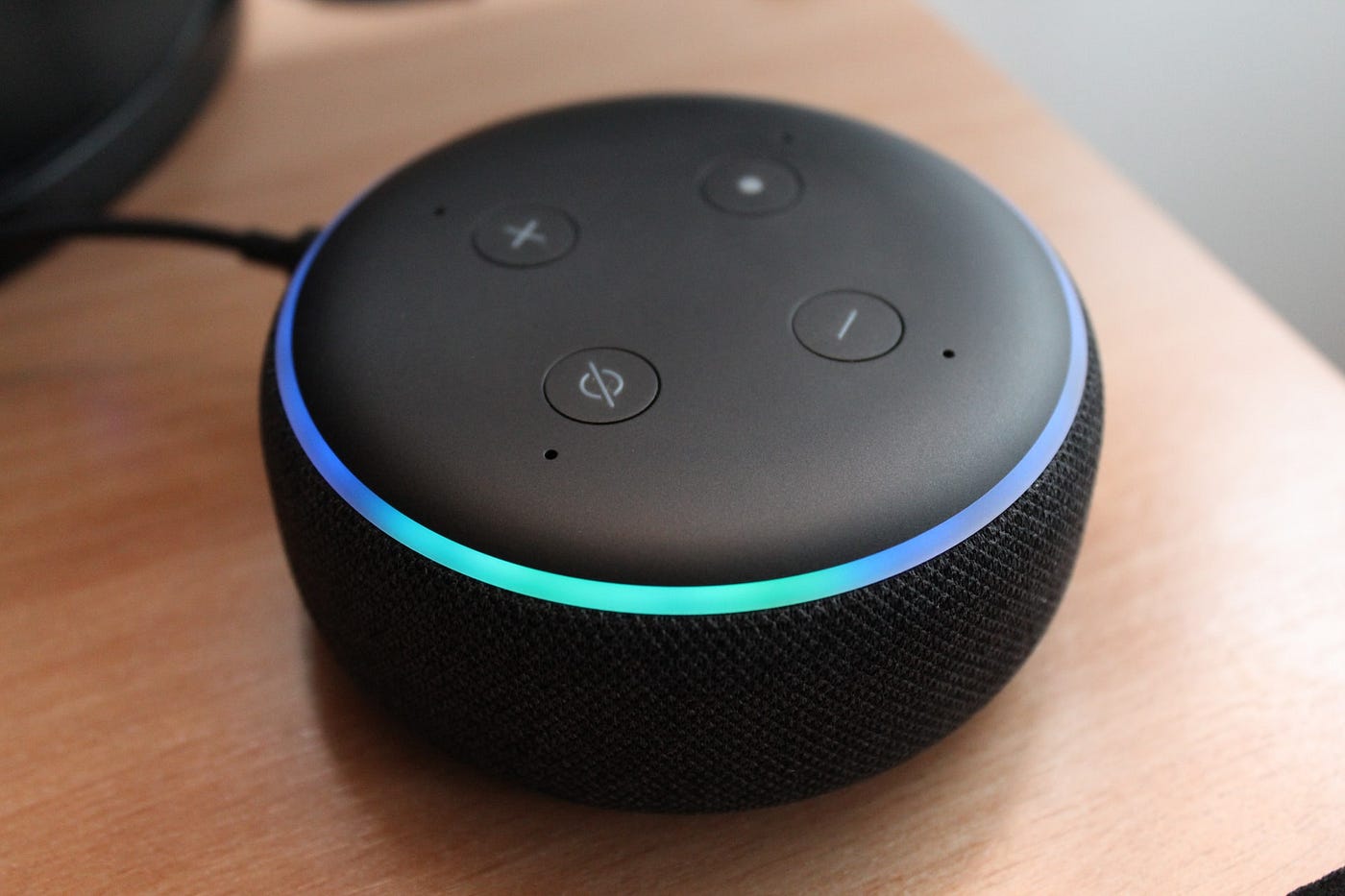
- We’ll see more brands developing content specifically for voice interfaces, from voice apps to audio blogs.
- Purina has already jumped on this trend with their “Ask Purina” Alexa skill, providing pet owners with voice-activated advice.
AI-Driven Visual Content Creation AI-Driven Visual Content Creation AI-Driven Visual Content Creation
Visual content is king, and AI is set to revolutionize how we create and optimize images and videos:
-
- We’re seeing tools that can create unique, high-quality images from text descriptions.
- DALL-E 2 by OpenAI is leading this revolution, creating stunning images from simple text prompts.
-
- AI will enable the creation of personalized videos at scale, tailoring content to individual viewers.
- Wibbitz is already using AI to automatically create videos from text content, and this technology is only going to get more sophisticated.
-
- AI will be able to analyze hours of footage and create highlight reels or summaries automatically.
- Adobe is working on AI-powered video editing tools that can automatically identify the best shots and create rough cuts.
Hyper-Personalization Hyper-Personalization Hyper-Personalization
The future of content is all about creating unique experiences for each user:
Dynamic Website Personalization

- Websites will adapt in real-time to each visitor, showing content, products, and even designs tailored to their preferences.
- Amazon is the king of this already, but expect to see this level of personalization become the norm across the web.
-
- AI will predict what content a user wants before they even know they want it, serving up relevant articles, products, or services at just the right moment.
- Netflix is already doing this with their recommendation engine, but imagine this concept applied to all types of content.
-
- Future AI will be able to detect a user’s emotional state and tailor content accordingly.
- Companies like Affectiva are developing emotion recognition technology that could revolutionize how we create and deliver content.
The future of AI-powered content strategies is exciting, but it also comes with challenges. We’ll need to navigate issues of privacy, ethics, and maintaining the human touch in an increasingly AI-driven world. The key will be finding the right balance between leveraging AI’s power and preserving the creativity and empathy that only humans can provide.
Remember, these trends aren’t just about creating cooler content – they’re about creating more relevant, engaging, and valuable experiences for our audiences. As content creators, our job is to harness these technologies to tell better stories, solve problems more effectively, and connect with our audiences in more meaningful ways.
So, buckle up! The future of content is going to be one wild, exciting ride. And with AI as our co-pilot, the possibilities are endless.




